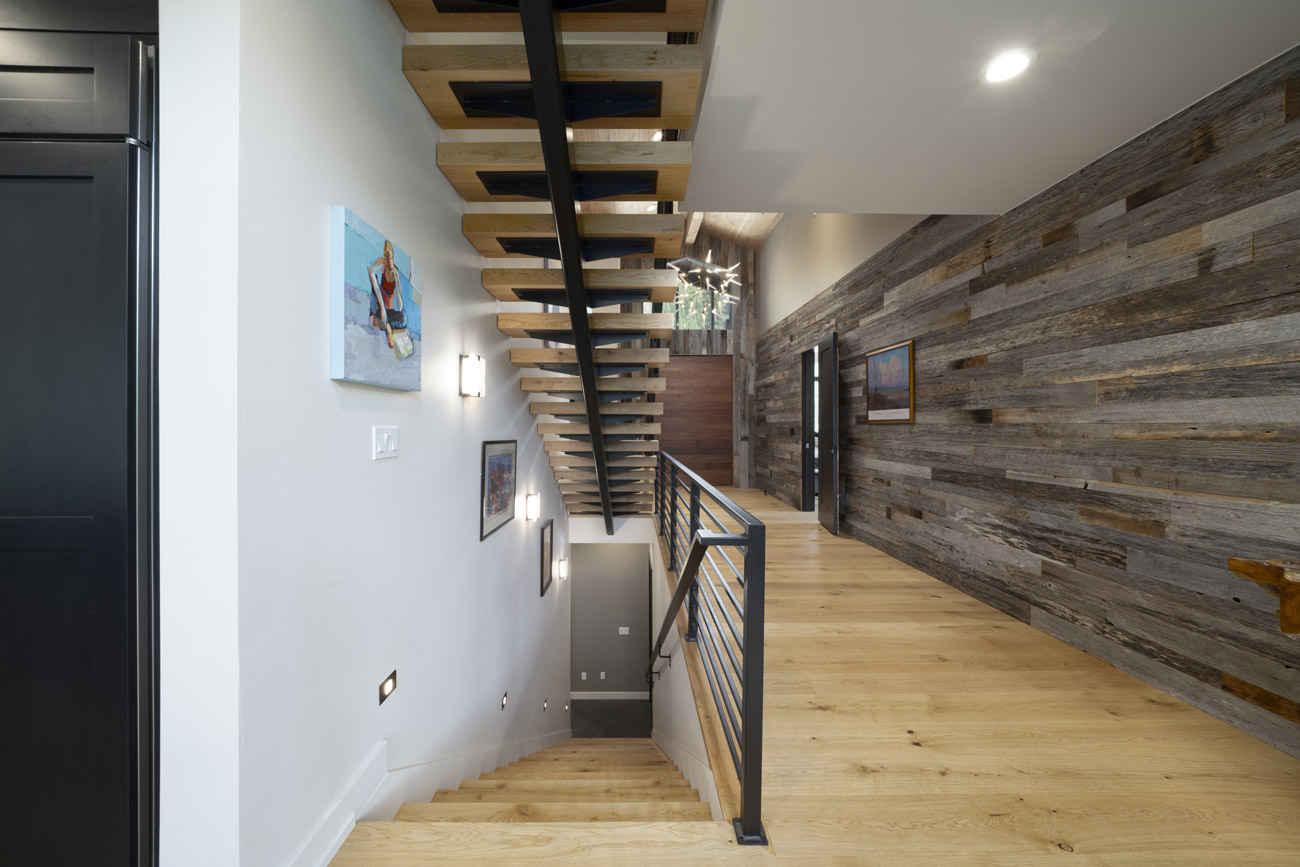Barnwood Walls & Ceilings
Historic, beautiful, timeless.
Bring the outdoors inside with reclaimed barnwood on your walls and ceilings. Each piece tells a story, adding character and charm to your space. Choosing reclaimed barnwood is not only stylish but also eco-friendly. Its natural look creates a cozy atmosphere, turning any room into a welcoming retreat. With its rich textures and earthy tones, reclaimed barnwood is perfect for those who love nature and want to make sustainable choices. Add a rustic touch to your home and show your commitment to the environment with reclaimed barnwood walls and ceilings
Barnwood Walls & Ceilings Q&A:
How can I incorporate reclaimed barnwood into my design projects?
Depending on your project’s scope and aesthetic preferences, there are numerous ways to integrate reclaimed wood into your design process. Here are some common applications:
Versatile Applications: Like traditional wood, reclaimed wood can be used for various decorative features, lending a unique character and a touch of historic charm to your space. When paired with modern materials, it offers a striking contrast.
Flexible Finishing Options: Reclaimed wood can be finished to match any style, whether contemporary, rustic, or modern.
Paneling: To add texture and interest, use reclaimed wood for wall and ceiling paneling. Barnwood paneling can also be crafted into molding pieces for additional architectural details.
Beams: To enhance structural aesthetics, incorporate reclaimed wood, solid, or box beams. These can be a standout feature in your home’s design.
What should I consider when designing with reclaimed barnwood products?
Source and History: Understand the origins and history of the reclaimed wood, as this can influence its characteristics and suitability for specific applications.
Condition and Treatment: Assess the condition of the wood. Look for signs of wear, damage, or previous treatments that might affect its durability or appearance. This can impact how it integrates with your design and the hardwood maintenance required. VANTIA’s stock goes through rigorous quality–controls to ensure the planks used in your design are clean and free of toxins, bugs, or metals.
Intended Use: Determine how the reclaimed wood will be used in your project—whether for structural purposes, aesthetic barnwood paneling, barnwood flooring, or barnwood accents. Each application may require different types of wood or treatments.
Aesthetic Compatibility: Consider how the reclaimed wood’s texture, color, and patina will interact with other materials in your space. Reclaimed wood often brings a rich, warm quality that needs to be balanced with other design elements.
Environmental Impact and Sustainability: Opting for reclaimed wood is a sustainable choice. However, consider the environmental impact of any additional treatments or processes it might need before using it.
Regulatory Compliance: If the reclaimed wood is intended for structural uses, check local building codes and standards to ensure compliance. You should get the wood professionally graded or approved by an engineer.
Considering these factors, you can effectively incorporate reclaimed wood into your design while balancing aesthetic appeal and functional stability
How long can reclaimed barnwood last?
Several factors influence the longevity of reclaimed wood, such as the wood type, the environmental conditions it endures, and the preservation techniques applied to it.
Reclaimed wood is often more durable than newer wood because it has already withstood exposure to the elements, allowing it to dry out and stabilize over time. This wood usually comes from old-growth trees, which typically offer greater density and resistance to decay than newer growth.
What are the benefits of using reclaimed barnwood?
History: Reclaimed wood often has a history and story behind it, which can give a sense of connection to the past and add a unique character to the structure.
Sustainability: By choosing reclaimed wood, you’re making a more sustainable choice than new wood. Reclaimed wood is sourced from existing structures, eliminating the need for additional logging and reducing environmental impact. This is a choice you can be proud of.
Character: Reclaimed wood has a unique character from its age and history. It often has a rich patina and distinctive markings, such as nail holes, knots, and saw marks, which can add visual interest to a space.
Durability: Reclaimed wood is not just about aesthetics; it’s about longevity. It’s often more durable than new wood because it has been exposed to the elements and has had time to dry and stabilize. This means your investment in reclaimed barnwood is long-term, giving you confidence in your choice.
Strength: Reclaimed wood can be stronger than new wood, especially old-growth wood, which is denser and more rot-resistant than new-growth wood.
Join the Email List
Stay up to date on our latest news & events

